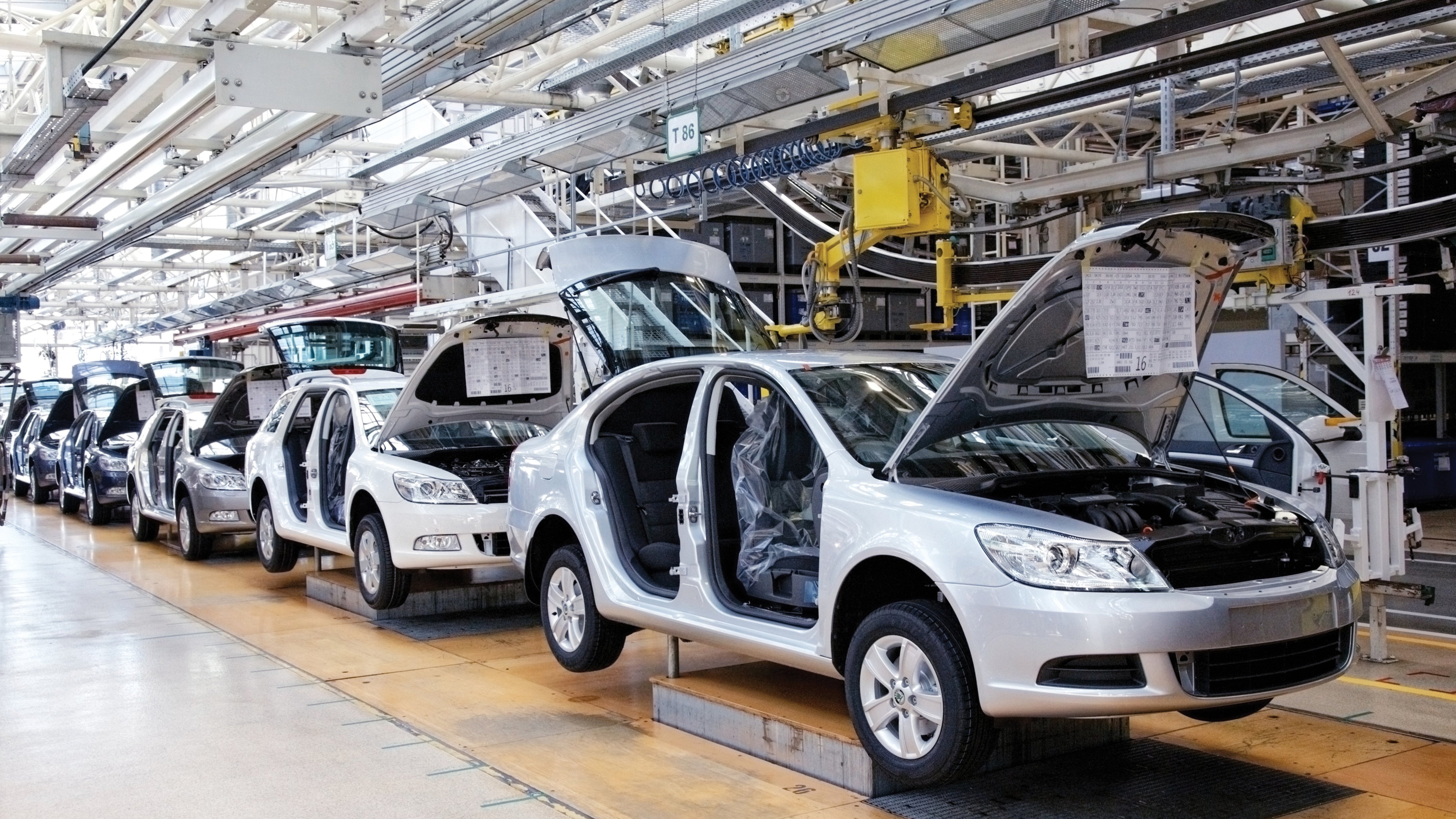In an automotive assembly plant, this means the entire transfer system is continuously energized and running at the same speed.
The carriers cannot accelerate, decelerate and precisely position a specific chassis based on the completion of a process step.
While some conventional systems allow for variation in “pitch” or distance between the movers, in many situations that distance cannot be easily modified to accommodate multiple model types.
In addition, traditional conveyers are based on complex, mechanical designs comprised of chains, belts, rollers and gears – and sometime hundreds of wear components.
These large, complicated solutions are not only difficult to modify – but are also prone to maintenance and unscheduled downtime.
Perhaps most significantly, conventional friction-based transfer systems rely on rotary motor technology.
Rotary motors intrinsically add inertia in linear applications, introduce multiple mechanical components – and limit improvements in speed and acceleration.


